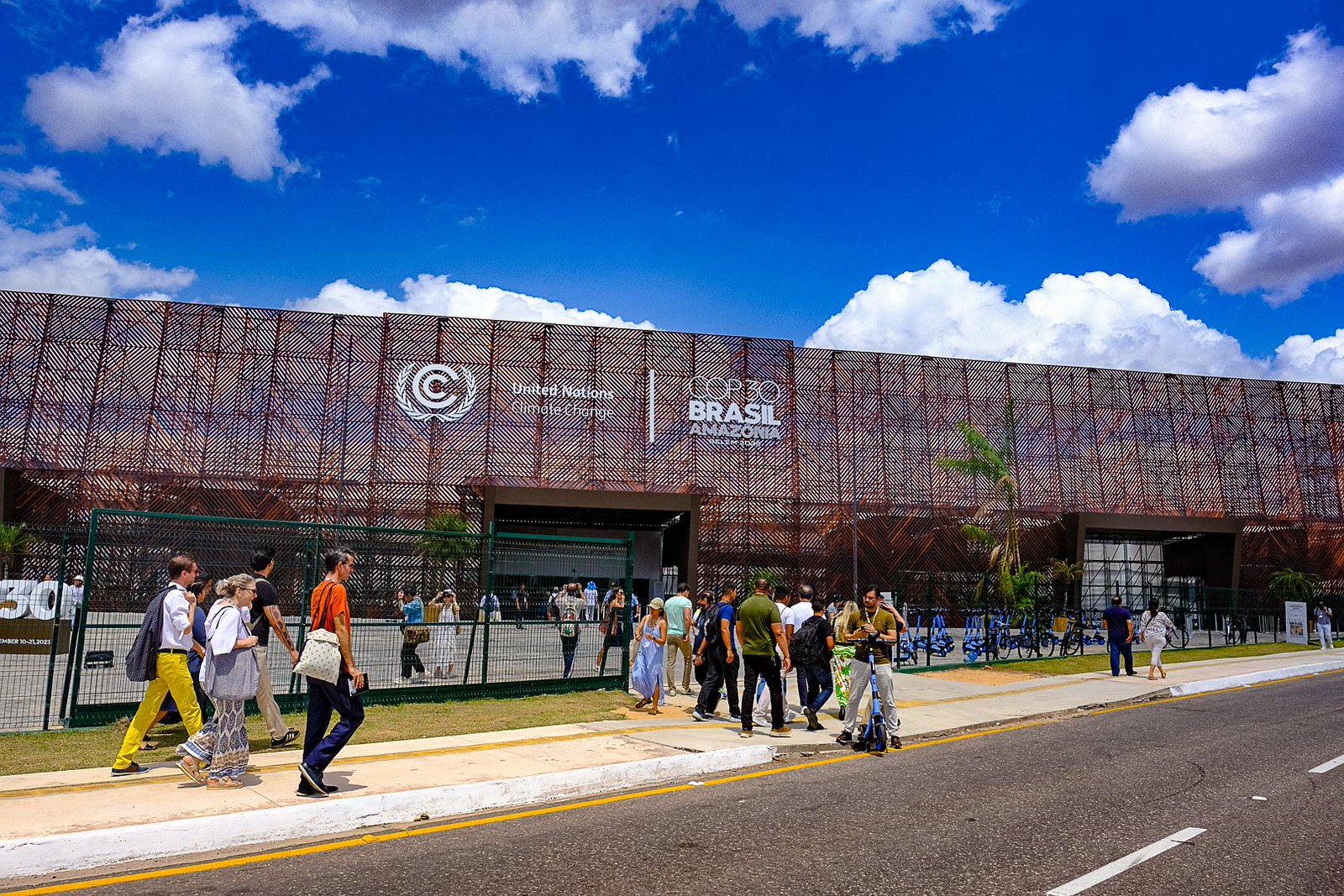An article by Ginevra Gatti
It is a well-known fact that the dramatic amount of greenhouse gas concentrations in the atmosphere over the past century is changing weather patterns, consequently causing polar ice caps melting and thermal expansion of seawater, that then result in rapid sea level rise. These phenomena have important implications for the planet, which are already being felt at different stages and in numerous geographic areas.
The infrastructure sector is also affected and is a critical one to explore. The two main concerns related to this field are extreme weather phenomena, such as hurricanes, that could devast communication systems (as it happened with the American hurricanes of Katrina and Sandy, respectively in 2005 and 2012), and the endurance of buried fiber conduits: although they are water and weather resistant, most of them are not designed to remain under water permanently.
Researchers of the University of Wisconsin-Madison and University of Oregon conducted a study to investigate the threats that climate change-related sea level rise poses to Internet infrastructures. They attempted to assess both the amount and type of infrastructures that will be under water in different time intervals over the next 100 years. To do so, the study examined the impacts on buried fiber conduits and termination points in coastal areas in the US, but results highlight that the management and operations of communications systems worldwide are in danger.
By combining the data of two spatial datasets (the Internet Atlas repository for Internet infrastructure and NOAA’s Sea Level Rise Inundation for sea level rise projections), the authors found that in the next 15 years 4,067 miles of fiber conduit will be submerged and 1,101 nodes will be surrounded by water.
Using a specific metric, they then identified coastal regions, and specifically New York, Miami, and Seattle metropolitan areas, as those at higher risk.
Although it is still hard to assess which countermeasures should be employed to face the problem, the study clearly underlines the urgency of developing mitigation strategies and/or even alternative infrastructure systems. In fact, climate change-related sea level incursions could have devastating impacts on Internet communication infrastructure even in the relatively short term. Given the fact that most fiber conduit is underground, the effects of sea level rise could be felt well before the 15-year horizon. Moreover, researchers voluntarily did not consider variables such as temporary sea level incursions beyond the predicted average caused by severe storms, so the consequences might be even worse than they predicted.
Read more:
Press release of the University of Wisconsin-Madison.
The full paper.






